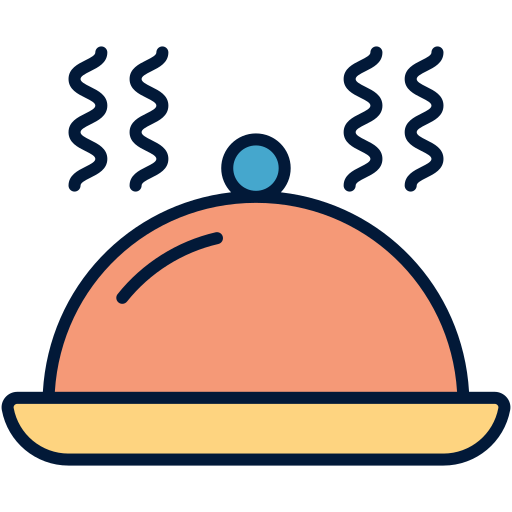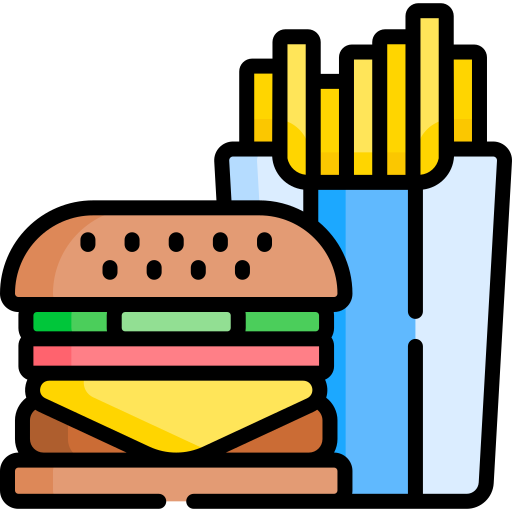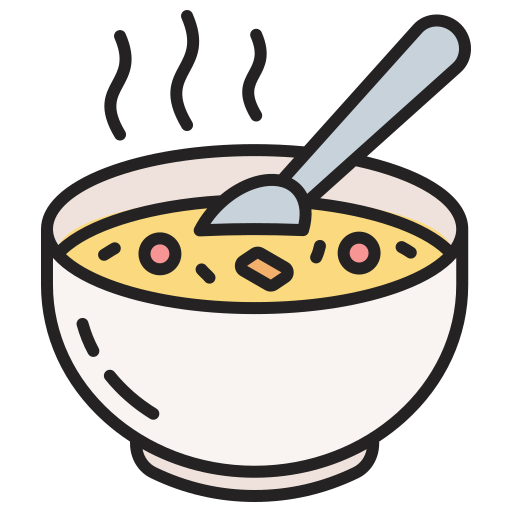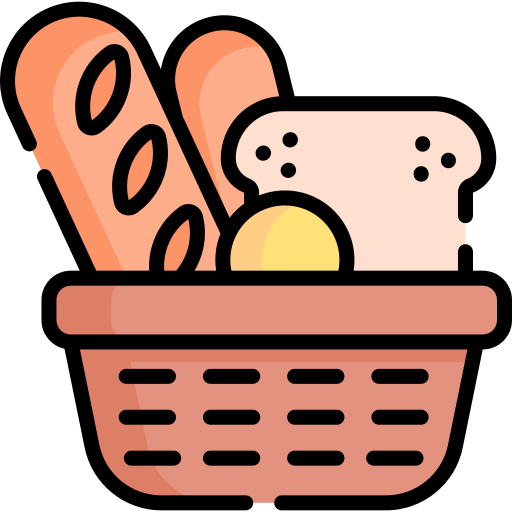Discover the ultimate Kitchen Essentials Guide to stock your space with must-have tools and ingredients for cooking success. Start creating today.
Kitchen Essentials Guide
When setting up or refreshing your cooking space, knowing what equipment and ingredients to stock is key. This Kitchen Essentials Guide will walk you through the fundamental tools and pantry staples every home cook needs. Whether you’re a beginner or looking to refine your kitchen setup, having the right essentials makes cooking easier and more enjoyable.
From knives and cookware to staple spices and oils, these basics create a versatile foundation. By investing in quality, multipurpose items, you optimize for countless recipes and styles.
Ready to simplify your kitchen stocking journey? Let’s dive right into what matters most for every home cook.
Why You’ll Love It
This Kitchen Essentials Guide helps you avoid overwhelming choices and focuses on must-have items that ensure you can prepare a wide array of meals. Saving time and money with a well-curated kitchen encourages more home cooking, leading to healthier, tastier meals.
The right tools and ingredients boost your confidence and efficiency, letting you focus more on creativity and flavor.
For more cooking inspiration, check out Easy Weeknight Dinners and expand your recipe collection effortlessly.
Ingredients
- Chef’s knife – essential for chopping and slicing, substitute with a santoku knife if preferred
- Cutting board – wooden or plastic, a medium size works well for daily use
- Mixing bowls – set of varied sizes, stainless steel or glass for versatility
- Measuring cups and spoons – accurate measuring ensures recipe success
- Cast iron skillet – perfect for searing, roasting, and frying, alternatively use a stainless steel pan
- Non-stick pan – ideal for eggs and delicate foods
- Wooden spoons and spatulas – gentle on cookware surfaces
- Basic pantry spices – salt, black pepper, paprika, garlic powder, and dried herbs
- Olive oil – extra virgin preferred for flavor, vegetable oil as a substitute
- Vinegar – white, apple cider, or balsamic for dressings and cooking

Step-by-Step Instructions
- Begin by investing in a quality chef’s knife and a sturdy cutting board. These are foundational tools used every day.
- Gather mixing bowls in a range of sizes to accommodate prepping and combining ingredients.
- Measure out essential pantry items and stock measuring tools to ensure accuracy.
- Choose your cookware wisely: a cast iron skillet and a non-stick pan cover most cooking needs.
- Add wooden utensils for stirring and mixing to protect your pans and make cooking easier.
- Keep basic spices and oils on hand for seasoning and cooking variety. Refresh stocks as needed.
- Organize your kitchen so that frequently used items are easily accessible, enhancing workflow.
Expert Tips
Invest in quality over quantity: durable knives and cookware last years and perform better.
Keep pantry staples stocked and rotate spices every 6–12 months for freshness.
Use storage bins or drawer organizers to keep tools neat and easy to find.
Consider meal prep habits when choosing additional gadgets to avoid clutter.
Storage
Store knives in a block or magnetic strip to keep edges sharp and safe.
Keep spices in airtight containers away from heat and sunlight to maintain flavor.
Washing and thoroughly drying cast iron after use prevents rust and prolongs life.
Non-stick pans should be hand washed gently to protect their coating.
Variations
For vegan kitchens, stock plant-based oils and nutritional yeast as flavor enhancers.
Gluten-free cooks should verify pantry staples are certified gluten-free and use gluten-free measuring tools to avoid cross-contamination.
Dairy-free cooks can focus on plant-based butter substitutes and non-dairy milks for versatility.
To reduce refined sugar, keep natural sweeteners like honey or maple syrup in your essentials.
FAQ
- What are the must-have items in a Kitchen Essentials Guide?
- Key items include quality knives, mixing bowls, measuring tools, a cast iron skillet, non-stick pan, basic spices, and staple oils.
- How often should I update my kitchen essentials?
- Reassess your kitchen every 6–12 months based on cooking habits and any new tools you want to try.
- Can I start with fewer items and build up?
- Absolutely. Begin with the basics and expand your kitchen supplies as your cooking skills grow.
- Where can I find recommended cooking tools?
- Look for reputable kitchenware at specialty stores or reliable online retailers with good reviews.
- How does this Kitchen Essentials Guide help with cooking efficiency?
- By having the right tools and ingredients ready, you save time and reduce stress in meal preparation.
Call to Action
Have you started stocking your kitchen with essential tools and ingredients? Share your favorite must-haves or questions in the comments below. If you found this Kitchen Essentials Guide helpful, please save it for later or share it with friends trying to build their cooking space. Happy cooking!
For more kitchen tips and recipe ideas, explore Meal Prep Ideas and keep your culinary creativity flowing.
Also check authoritative sources like Food Network for trusted recipes and techniques.











